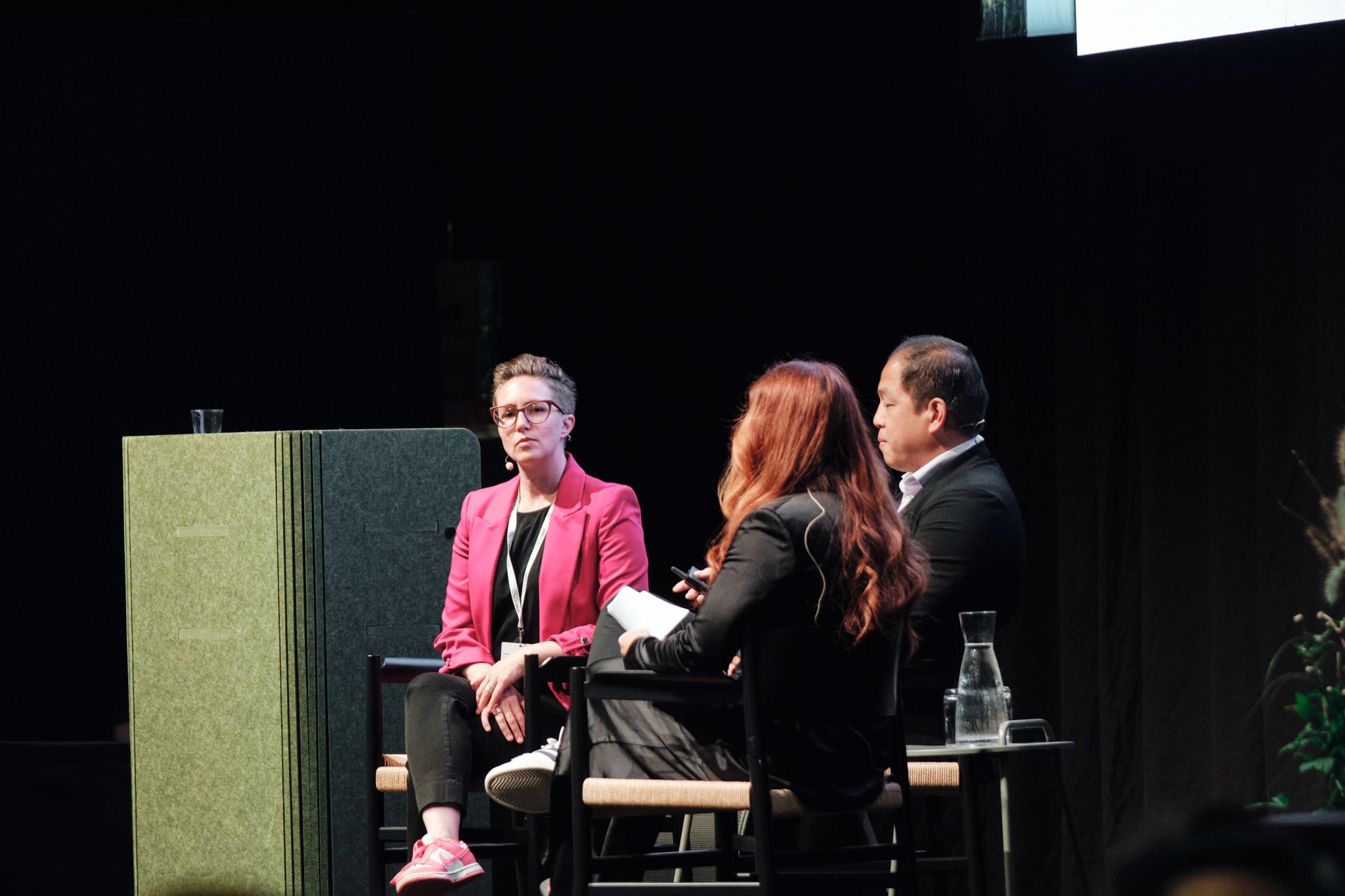Data is king, but it has to be actionable: key takeaways from BIMWorld 2025

Key Takeaways
Data Must Be Actionable
The entire industry is asking for data but too often it isn’t very usable. From unverified data to differing methods of reporting, it’s hard to even know what you’re looking at when you get information.
The Institute, RESEAT, and JLL are each taking steps to make data more actionable for designers and stakeholders:
Cradle to Cradle Products Innovation Institute: building a digital back-end to the C2C Certified® Standard that can generate specific product data. This data is translated into a visual scorecard and shared directly with platforms that designers use to source and compare products.
RESEAT: introducing the “RESEATability score,” a metric that provides real-time insights into the resale potential of commercial furniture. This makes the secondary market for office and commercial furnishings more transparent and easier to access.
JLL: creating internal tools such as the Loop Library and sustainability dashboards. These tools guide designers in selecting verified sustainable solutions and allow them to visualize and communicate the sustainability outcomes of a project to clients.
For all of us, in order for circularity to work, data must move beyond collection and become actionable. Actionable data bridges the gap between sustainability targets and real-world decision-making by helping stakeholders see where opportunities for innovation and value creation lie.
Circularity Requires Collaboration
In making data actionable, we all agreed we can’t do this work alone. Circularity requires we break down the legacy methods of designing, but also old ways of sharing data. In all of the initiatives The Institute, RESEAT, and JLL are working on collaboration with others is essential to the success of each project. This can look like sharing data between partners but also understanding what data your partner needs and building ways to make that data available to them.
Collaboration also ensures credibility: independent verification, open platforms, and partnerships build the trust needed to scale circular solutions across industries. Circularity isn’t just about products; it’s about the networks and relationships that keep materials in play.
Design Is Where Impact Becomes Visual
While data and collaboration form the foundation of circularity, design is where impact becomes tangible. The Institute, RESEAT, and JLL are all creating tools to translate sustainability data into tangible information that designers of any sustainability literacy can use in their workflows.
Designers translate client needs, material choices, certifications, and circular strategies into spaces that people can see, touch, and experience. When circular principles show up in design, whether through healthy materials, reused furniture, or adaptive reuse, the result is not only reduced environmental impact, but also as spaces that people can see and experience. These spaces show us that a circular future is not only possible, but is creative, innovative, and exciting!
In short: Actionable data fuels better decisions, collaboration makes circularity possible, and design proves it can be done beautifully. Together, these elements create a roadmap for turning circularity from theory into reality in the built environment.